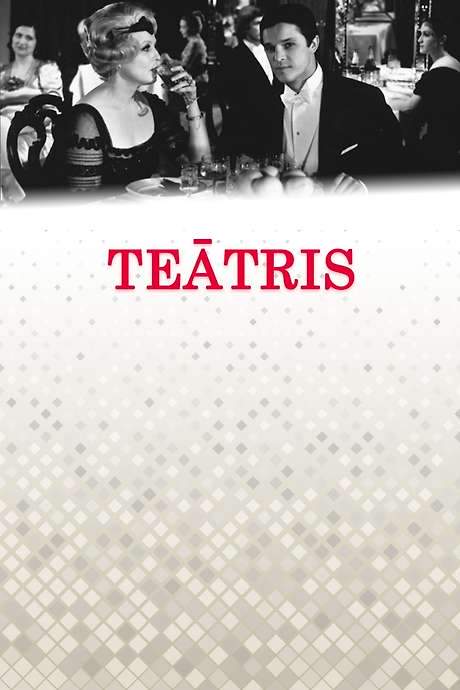Julia 2009
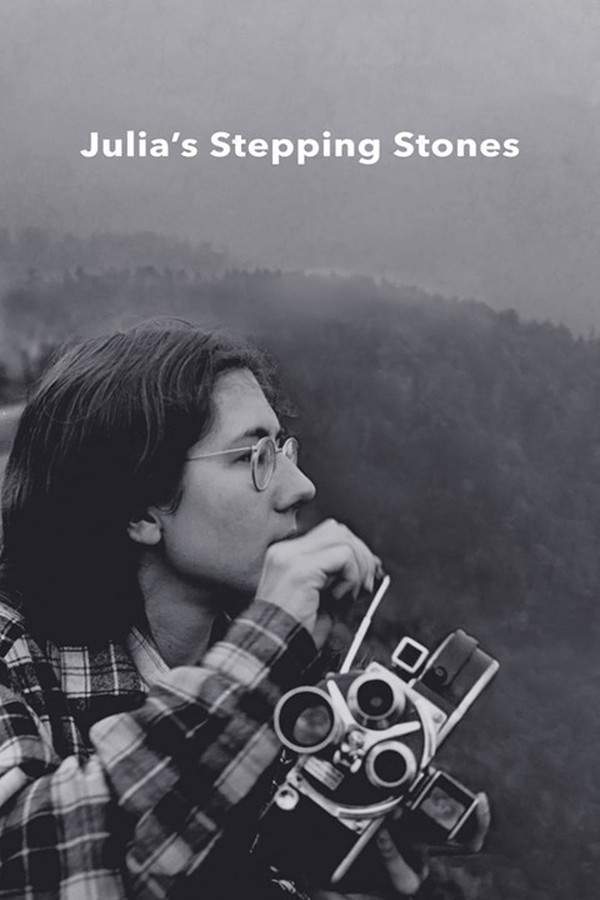
A charismatic but troubled woman named Julia struggles with addiction and deception as she navigates a life of desperation. Her world unravels, creating a constant push and pull between temporary relief and the possibility of meaningful relationships. Facing chaos and despair, she finds an opportunity for redemption, which leads her on a dangerous and transformative journey where her life hangs in the balance.
Does Julia have end credit scenes?
No!
Julia does not have end credit scenes. You can leave when the credits roll.
Meet the Full Cast and Actors of Julia
Explore the complete cast of Julia, including both lead and supporting actors. Learn who plays each character, discover their past roles and achievements, and find out what makes this ensemble cast stand out in the world of film and television.
No actors found
External Links and Streaming Options
Discover where to watch Julia online, including streaming platforms, rental options, and official sources. Compare reviews, ratings, and in-depth movie information across sites like IMDb, TMDb, Wikipedia or Rotten Tomatoes.
Ratings and Reviews for Julia
See how Julia is rated across major platforms like IMDb, Metacritic, and TMDb. Compare audience scores and critic reviews to understand where Julia stands among top-rated movies in its genre.

62
Metascore
7.3
User Score

7.0 /10
IMDb Rating

67
%
User Score
Take the Ultimate Julia Movie Quiz
Challenge your knowledge of Julia with this fun and interactive movie quiz. Test yourself on key plot points, iconic characters, hidden details, and memorable moments to see how well you really know the film.
The Julia/Julie Quiz: Test your knowledge on the intertwining stories of Julie Powell and Julia Child as they navigate their culinary journeys.
What is the primary project that Julie Powell undertakes in the film?
Write her own cookbook
Cook every recipe in Julia Child's book
Start a restaurant
Become a professional chef
Show hint
Full Plot Summary and Ending Explained for Julia
Read the complete plot summary of Julia, including all major events, twists, and the full ending explained in detail. Explore key characters, themes, hidden meanings, and everything you need to understand the story from beginning to end.
In 2002, Julie Powell, portrayed by Amy Adams, finds herself caught in a dissatisfaction with her mundane job at the Lower Manhattan Development Corporation’s call center. Her days are spent answering calls from both the victims of the September 11 attacks and the general public expressing their frustrations with the LMDC’s controversial plans for the rebuilding of the World Trade Center. Seeking an escape and something she genuinely enjoys, she embarks on an ambitious project to cook every recipe from Mastering the Art of French Cooking (1961) by Julia Child, embodied by Meryl Streep, within one year. To document her culinary journey and spur herself on, Julie decides to start a blog titled the “Julie/Julia Project.”
The narrative weaves together Julie’s life in Queens during the early 2000s with Julia’s experiences in Paris during the 1950s. While Julia attends Le Cordon Bleu to hone her culinary skills and begins crafting a groundbreaking book on French cooking tailored for American housewives, Julie battles her own challenges in a cramped, modest Queens apartment, a stark contrast to Julia’s elegant Parisian residence. Whereas Julia enjoys the companionship of a supportive spouse, Julie’s situation takes a turn when her friends, who are thriving in their respective careers, unwittingly highlight her struggles. An article featuring Julie ends up portraying her as a failure—an aspiring novelist turned call center worker in the wake of life’s disappointments.
Julie’s husband provides a solid support system, encouraging her passion for cooking. He challenges her to complete Julia’s cookbook within a year while documenting her trials and triumphs on her blog. As the story unfolds, flashbacks reveal Julia’s early happiness in Paris, her affection for French cuisine, and her eventual boredom that triggers her husband’s suggestion to write a French cookbook for Americans. She works diligently, gains recognition, and eventually opens a cooking class alongside two partners focused on writing their own French cookbook in English.
As Julie delves into her blog, a steadily growing readership follows her journey, echoing Julia’s pioneering efforts almost half a century earlier. However, Julie soon finds herself overwhelmed as she tackles increasingly complex recipes featuring ingredients that strain her budget. The support from both women’s husbands plays a pivotal role, although Powell’s dedication to her newfound hobby strains her marriage at one point, leading to a brief separation.
Meanwhile, Julia helps her single sister Dorothy navigate the dating scene in Paris, ultimately leading to Dorothy finding true love and marrying, which becomes a joyous occasion for Julia. However, Julia also faces personal heartbreak as years of trying to have a baby take a toll, leaving her feeling disheartened.
As Julia’s partners encounter skepticism from their publisher about their book’s market potential in France, they are urged to adapt it for American audiences. Julia takes the helm, although her time is tested by her husband’s job relocations and a precarious investigation into his political affiliations, from which he emerges unscathed.
Back in the modern timeline, Julie faces a crisis fueled by her fervor for cooking, leading to a rift between her and her husband. It is during a moment of reflection that she realizes Julia never allowed her passion for food to consume her emotionally. An apology brings reconciliation with her husband.
In a remarkable turn, although Child’s cookbook initially faces rejection from Houghton Mifflin, it eventually finds a home with Alfred A. Knopf. Shortly after, Julie’s blog garners attention from The New York Times, igniting interest from journalists and publishers alike, though not without a dismissive response from Julia Child herself.
The story culminates with Julie and her husband visiting Julia Child’s iconic kitchen at the Smithsonian Institution. In a parallel scene, Julia celebrates the receipt of a first print of her cookbook alongside her own husband, marking a moment of triumph for both women across the years.
Uncover the Details: Timeline, Characters, Themes, and Beyond!

Coming soon on iOS and Android
The Plot Explained Mobile App
From blockbusters to hidden gems — dive into movie stories anytime, anywhere. Save your favorites, discover plots faster, and never miss a twist again.
Sign up to be the first to know when we launch. Your email stays private — always.
Watch Trailers, Clips & Behind-the-Scenes for Julia
Watch official trailers, exclusive clips, cast interviews, and behind-the-scenes footage from Julia. Dive deeper into the making of the film, its standout moments, and key production insights.
Cars Featured in Julia
Explore all cars featured in Julia, including their makes, models, scenes they appear in, and their significance to the plot. A must-read for car enthusiasts and movie buffs alike.
Julia Themes and Keywords
Discover the central themes, ideas, and keywords that define the movie’s story, tone, and message. Analyze the film’s deeper meanings, genre influences, and recurring concepts.
Julia Other Names and Titles
Explore the various alternative titles, translations, and other names used for Julia across different regions and languages. Understand how the film is marketed and recognized worldwide.
Similar Movies To Julia You Should Know About
Browse a curated list of movies similar in genre, tone, characters, or story structure. Discover new titles like the one you're watching, perfect for fans of related plots, vibes, or cinematic styles.
Quick Links: Summary, Cast, Ratings, More

What's After the Movie?
Not sure whether to stay after the credits? Find out!
Explore Our Movie Platform
New Movie Releases (2026)
Famous Movie Actors
Top Film Production Studios
Movie Plot Summaries & Endings
Major Movie Awards & Winners
Best Concert Films & Music Documentaries
Movie Collections and Curated Lists
© 2026 What's After the Movie. All rights reserved.















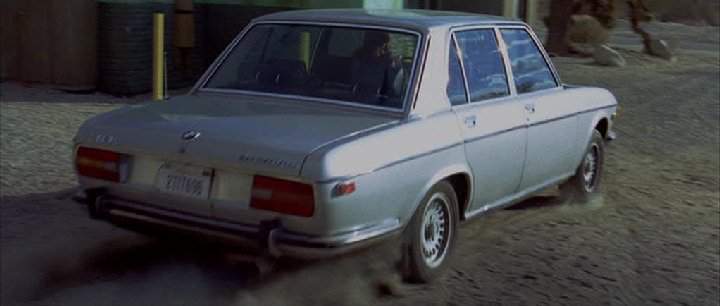
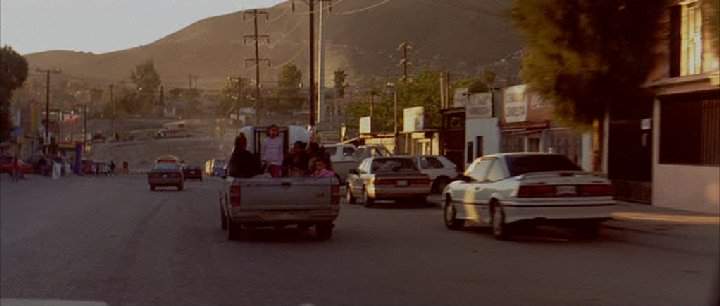
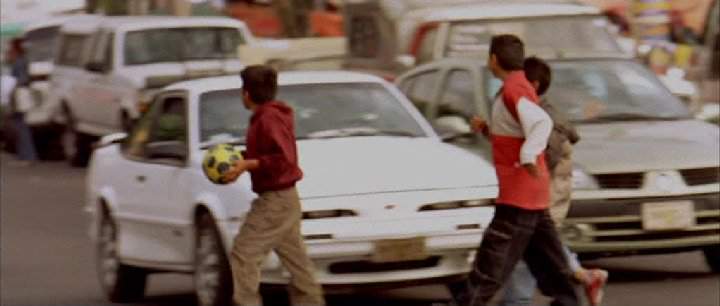
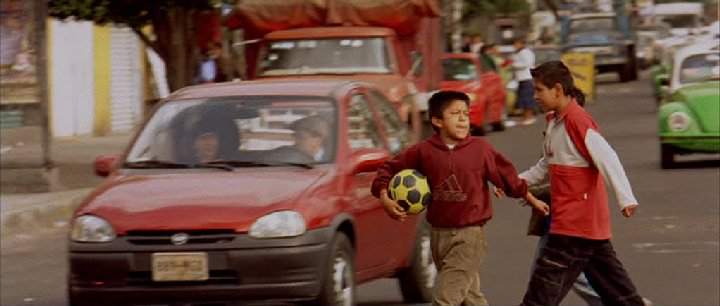
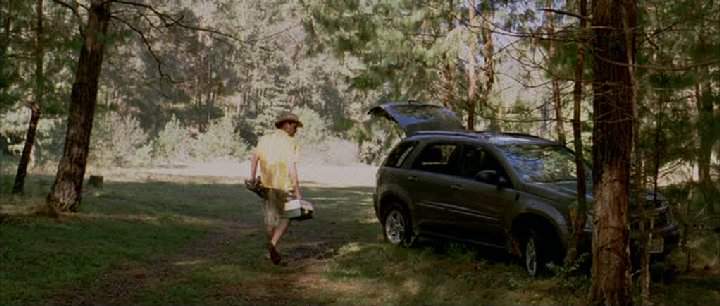
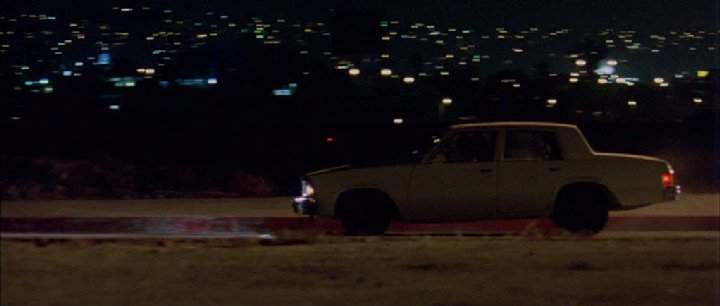
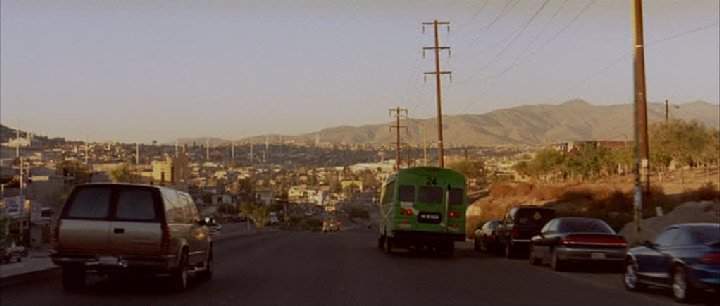
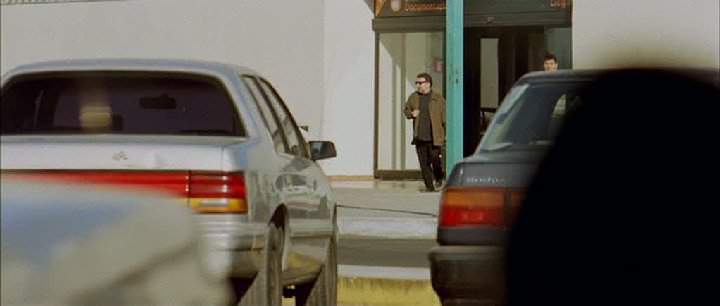
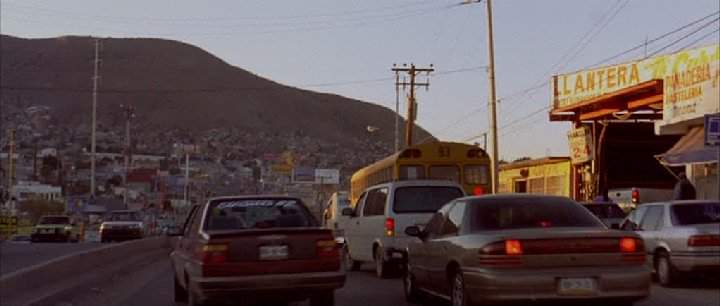
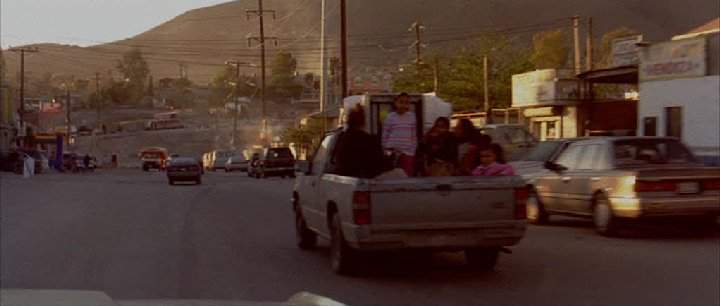

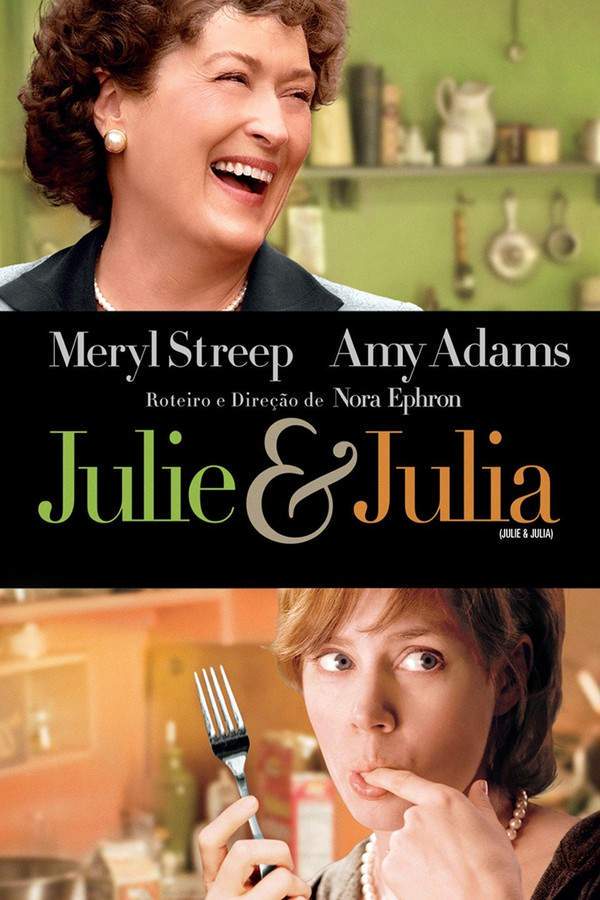







-IESY-H_aPcxSIg.jpg)
